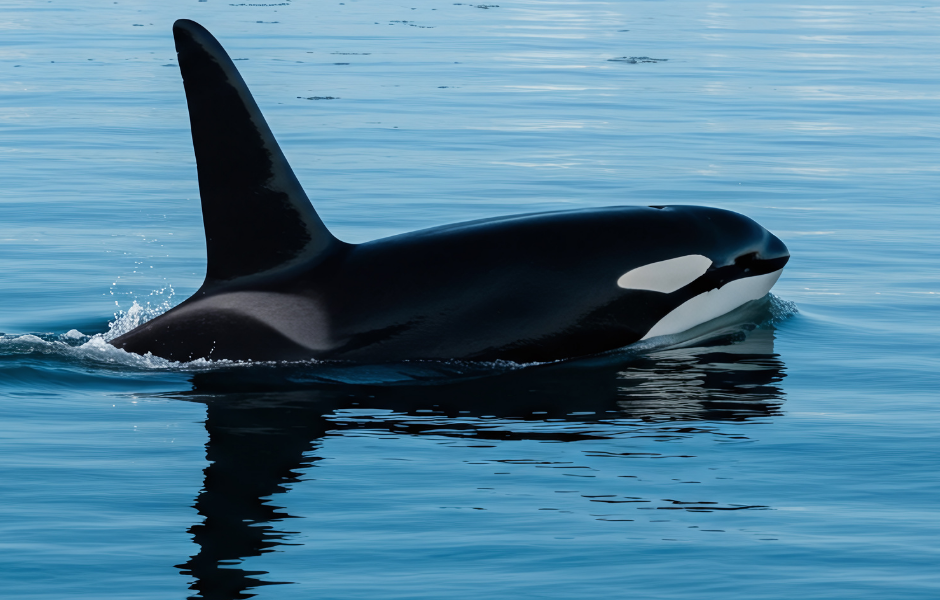
This children’s article, A kids’ guide to turtles and tortoises, has been written for native English speakers and learners of English as a second or foreign language. It can help children build vocabulary, learn about reptiles, and understand the amazing differences between turtles and tortoises. Written by Mark Pulley, a teacher and writer who creates fun and informative news articles for English learners.
Shells, swimming and slow walking
Turtles and tortoises are two of the most famous reptiles on Earth, and they both wear their homes on their backs! These animals have hard shells that protect them from danger, and they’ve been around for millions of years. But are turtles and tortoises the same thing? Not quite!
Turtles and tortoises belong to the same animal family, but they live in different places and have different lifestyles. Let’s take a closer look.
What’s the difference?
Turtles are typically found in water, while tortoises live on land. So, if you ever see one swimming in a river, lake, or even in the ocean, it’s a turtle. Tortoises, on the other hand, prefer dry places like deserts, forests or grasslands.
Turtles have flat, smooth shells that help them swim easily. They also have webbed feet or flippers, depending on the species. Sea turtles, for example, have strong flippers that help them glide through the ocean.
Tortoises have rounder, bumpier shells. Their legs look a bit like tiny elephant legs! That’s because they’re built for walking, not swimming. In fact, most tortoises can’t swim at all.
What do they have in common?
Both turtles and tortoises are reptiles, which means they’re cold-blooded and lay eggs. They also both move slowly, although tortoises are usually the slowest.
They can live for a very long time. Some tortoises can reach over 150 years old. Even turtles can live for several decades. That means they often outlive the people who look after them!
Both animals are also in danger from pollution, climate change, and people taking them from the wild. Many species are now endangered and need protection.
You can read even more about turtles in our World Turtle Day news article.
Cool facts to impress your friends
- Some turtles cry—but not because they’re sad! It helps them get rid of salt from their bodies.
- The Galápagos tortoise is one of the biggest tortoises in the world. Some weigh more than 300kg.
- A turtle’s shell is part of its skeleton, so it can’t take it off like a backpack.
- Baby turtles hatch from eggs and race toward the sea. Most won’t survive the journey, but the fastest and strongest ones might grow up to return years later.
You can learn even more about these wonderful reptiles here.

Article vocabulary list
- Reptile: A cold-blooded animal with scales that usually lays eggs
- Shell: A hard outer covering that protects some animals
- Webbed feet: Feet with skin between the toes, good for swimming
- Flippers: Flat, fin-like limbs used for swimming
- Species: A group of similar animals or plants
- Cold-blooded: An animal whose body temperature changes with the air
- Pollution: Dirty or harmful things in the environment
- Endangered: In danger of dying out completely
- Hatch: To break out of an egg
- Skeleton: The bones that hold up an animal’s body
Comprehension questions
Just click the plus (+) to see the answer
1. Where do most turtles live?
A) In trees
B) In water
C) Under the ground
Answer: B) In water
2. What do tortoises use to walk on land?
Answer: Thick, strong legs
3. What’s one thing turtles and tortoises have in common?
A) They both have feathers
B) They both have shells
C) They both fly
Answer: B) They both have shells
4. What is special about Shanghai Disneyland?
Answer: It has the biggest castle
5. Why do turtles sometimes cry?
Answer: To get rid of salt
6. How long can some tortoises live?
A) Over 150 years
B) 10 years
C) 20 minutes
Answer: A) Over 150 years

Mark is a writer and EFL teacher from England with eight years’ experience. He’s passionate about travel, sport (especially football), animals, nature, and history, and enjoys helping children explore the world through language and learning.




